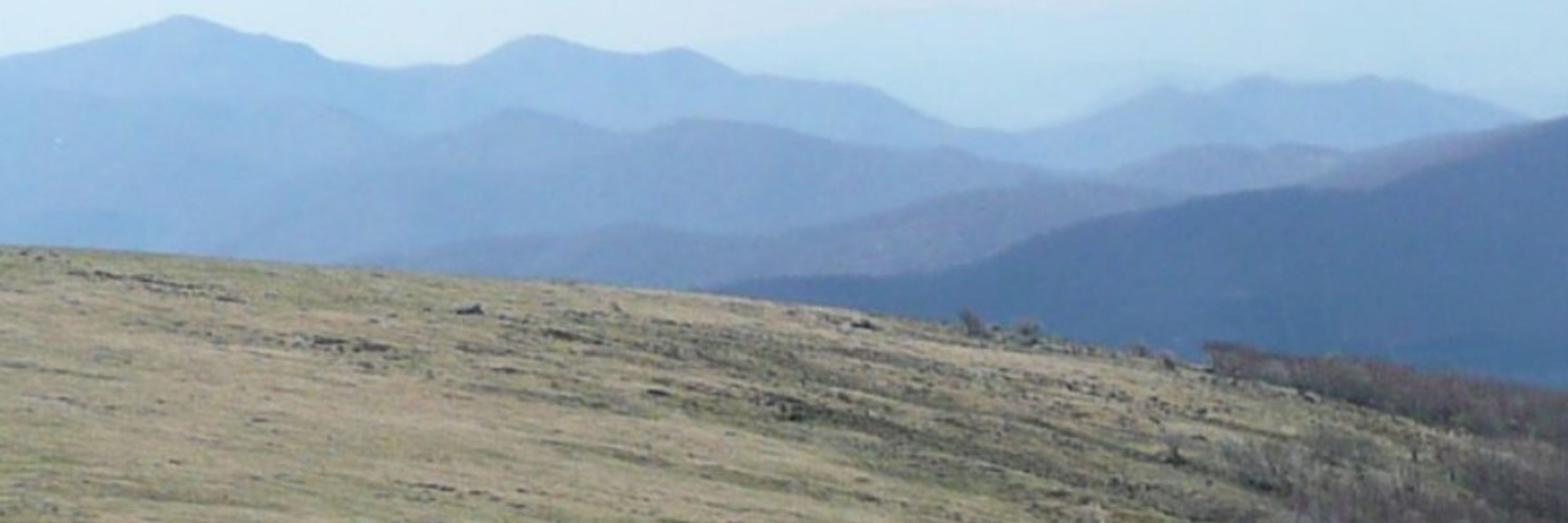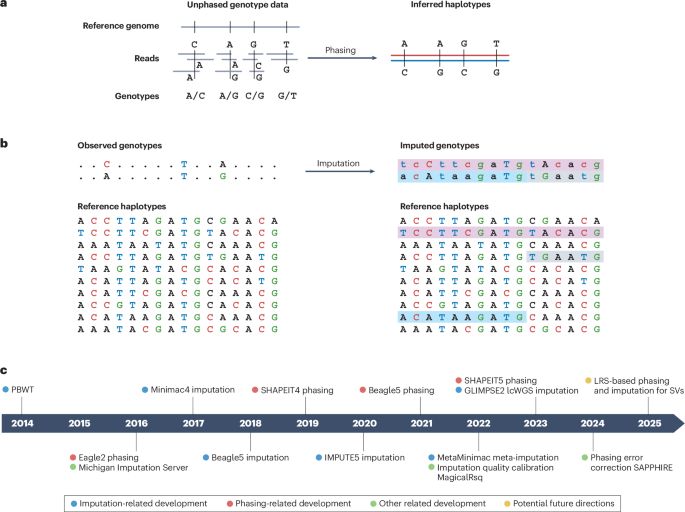Michael Love
@mikelove.bsky.social
6.8K followers
1.6K following
520 posts
Genetics, bioinformatics, comp bio, statistics, data science, open source, open science!
Posts
Media
Videos
Starter Packs
Reposted by Michael Love
Reposted by Michael Love
Reposted by Michael Love
Reposted by Michael Love
Reposted by Michael Love
Reposted by Michael Love
Reposted by Michael Love
Reposted by Michael Love
Reposted by Michael Love
Reposted by Michael Love
Reposted by Michael Love
Reposted by Michael Love
Reposted by Michael Love
Reposted by Michael Love


















